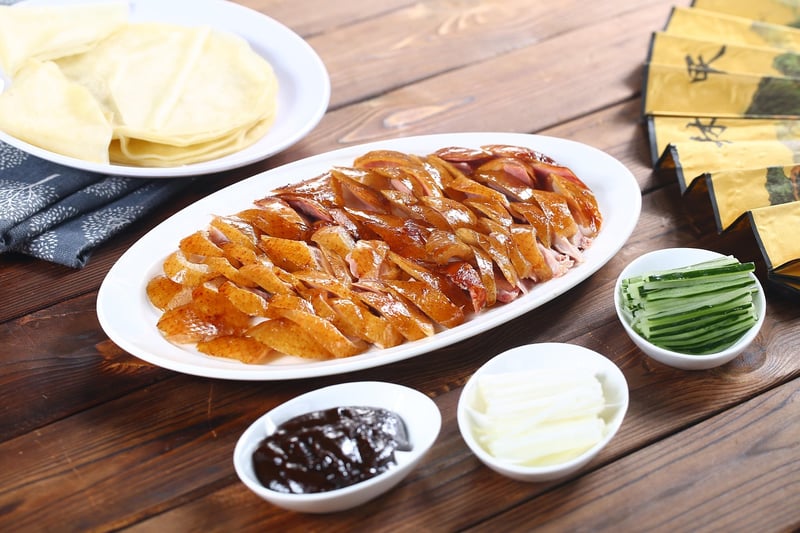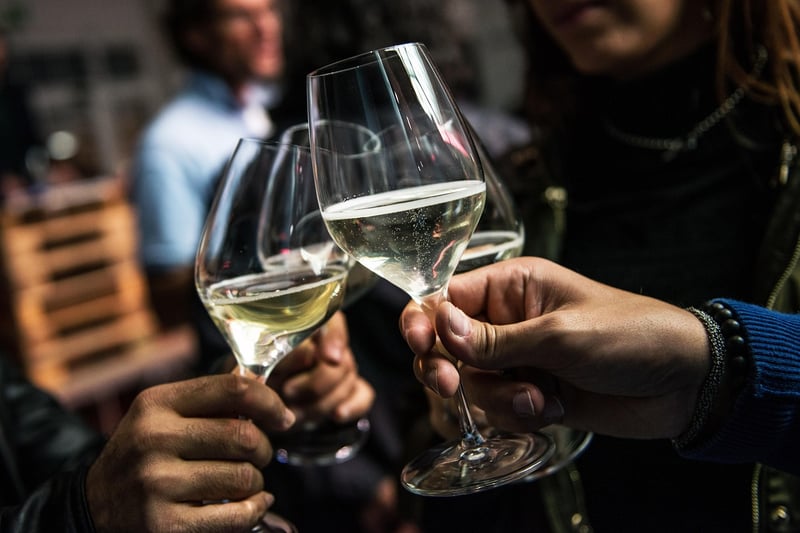Celebratory Feasts
Exploring Culinary Heritage Through Celebratory Feasts
Food is not just sustenance; it's a cultural experience that connects us to our past, present, and future. One way to delve into a culture's culinary heritage is by exploring the traditional celebratory feasts that have been passed down through generations. These feasts are more than just meals; they are rituals that bring people together, celebrate life's milestones, and honor traditions.
Why Celebratory Feasts?
Celebratory feasts are a window into the soul of a culture. They reflect a community's values, beliefs, and history. By partaking in these feasts, you get a taste of the traditions that have shaped a particular group of people, their unique flavors, and the stories behind each dish.
Examples Around the World
1. Thanksgiving Dinner (United States)
Thanksgiving dinner in the United States is a time-honored tradition where families gather to express gratitude and enjoy a feast featuring roast turkey, stuffing, cranberry sauce, and pumpkin pie.

2. Diwali Sweets (India)
During Diwali, the festival of lights in India, families prepare an array of sweets like gulab jamun, jalebi, and kaju katli to symbolize the sweetness of life and new beginnings.

3. Peking Duck (China)
Peking Duck is a famous dish in China served during special occasions like weddings and New Year celebrations. The crispy duck skin and tender meat are a symbol of prosperity and happiness.

How to Experience Celebratory Feasts
To truly immerse yourself in a culture's culinary heritage, consider participating in local festivities, attending cultural events, or even trying your hand at cooking traditional dishes yourself. By engaging with celebratory feasts, you not only satisfy your taste buds but also gain a deeper understanding of the people and traditions behind the food.
So, next time you sit down to a celebratory feast, remember that you are not just eating a meal – you are partaking in a rich tapestry of history, culture, and community.
